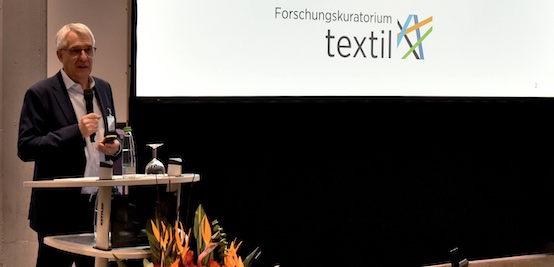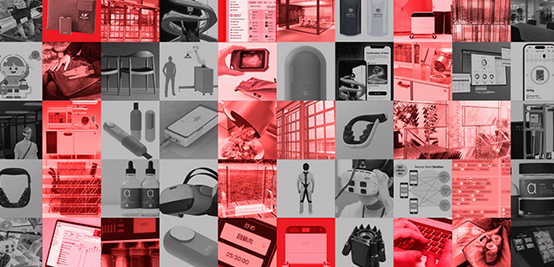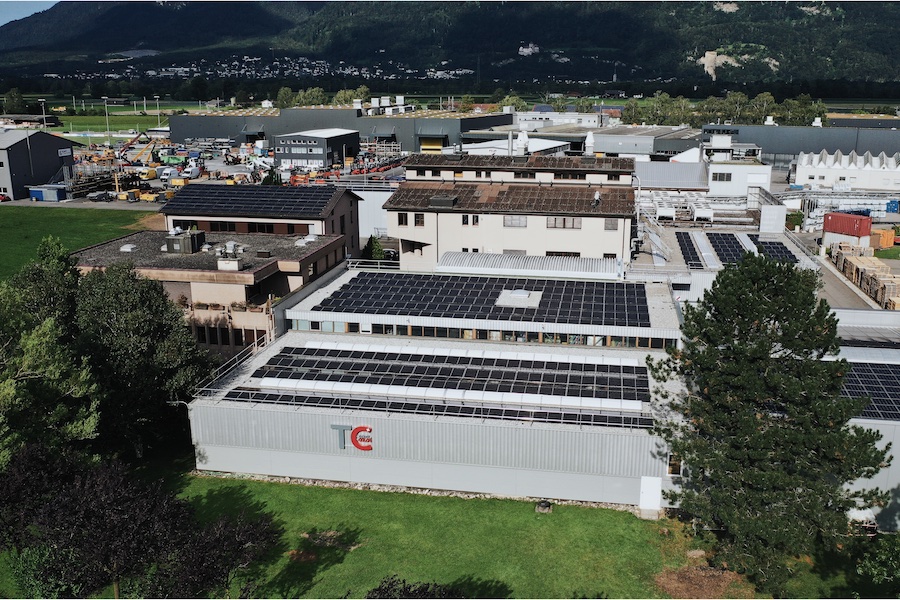#Smart Textiles
Art meets Science: Prototyping Lab for textile electronics

Since its opening, the lab has been available to designers and product developers to prototype individual visions in the field of e-textiles. The possibilities are virtually unlimited: From interfaces between textiles and electronics to the testing of process chains, parts of the laboratory or even the entire laboratory can be used freely. In addition to the pure development and construction work, the premises can be converted in a few moves and repurposed for workshops or exhibitions.
Malte von Krshiwoblozki, who is providing scientific support for the project at Fraunhofer IZM, cited other advantages: “Not only the modular workstations and the meeting area are attractive for joint project work, especially the machinery offers a wide range for interested parties. The ‘sewing and embroidery’ work area, for example, is equipped with several sewing machines as well as a computer-controlled embroidery machine. It thus becomes central to the TPL, as textile finishing with small-format machines is the focus of this lab's work.” Another work area covers “Cutting & Separating” with a laser cutter and a cutting plotter. In addition, there are several presses and laminators, a soldering station and a 3D printer.
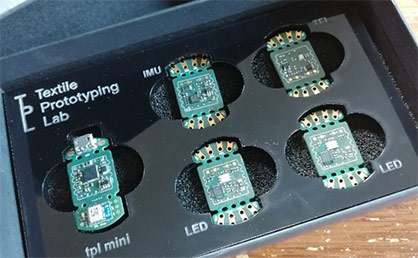
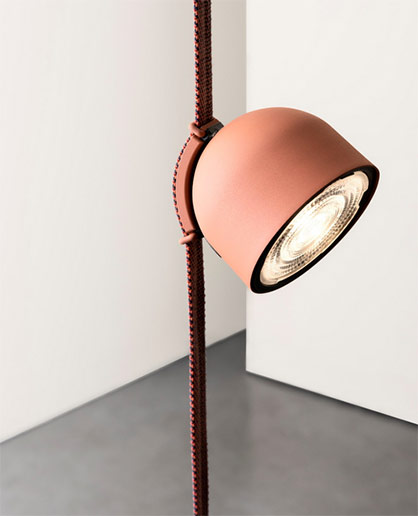
“For particularly durable electronic textiles, the textile bonder developed and built by Fraunhofer IZM researchers can also be used in cooperative projects of the Textile Prototyping Lab. The versatile modules of the prototyping kit are deliberately designed so that integration into the textile can take place not only with classic textile technology such as embroidery during the prototyping phase, but also for subsequent, more industrial implementations using the textile bonder. In keeping with the motto ‘sharing is caring’ and the principle of interdisciplinarity, we at Fraunhofer IZM are available to provide advice and support during the realization of the textile projects, so that the artists' ideas can be enriched using such new technology,” said Malte von Krshiwoblozki.
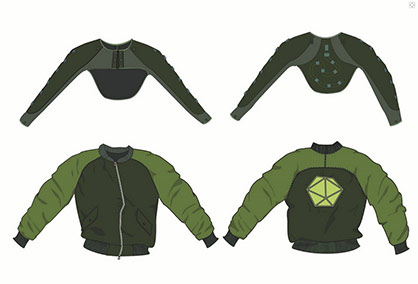
Even before the opening of the laboratory, the collaboration between the Weißensee Kunsthochschule Berlin and Fraunhofer IZM had already produced developments that combine art and research in revolutionary ways. For example, a light rail for lamps that is made of a soft and conductive textile belt was created in cooperation with the designer Stefan Diez. For the Hans Riegel Foundation's Touch Tomorrow educational project, an interactive jacket was developed that can control the color of integrated LEDs via arm movements. The team of the Textile Prototyping Lab is looking forward to upcoming, exciting and agile projects and is open for ideas from start-ups, SMEs as well as industry partners.






